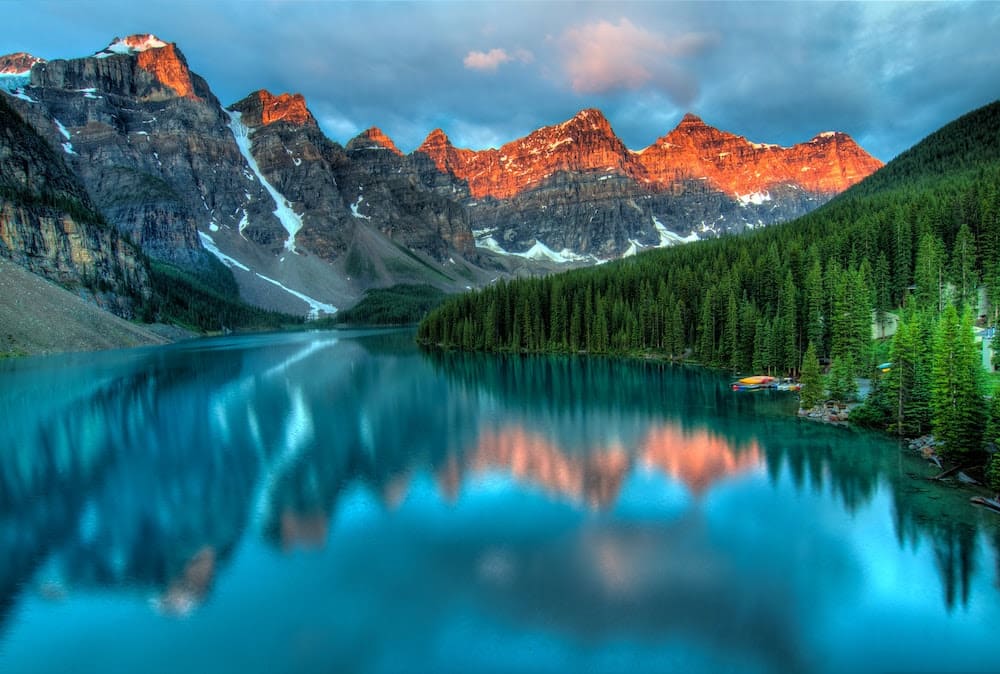
The Earth is warming at an average of +1.1 ˚ C compared to the pre-industrial era, but significant disparities exist between regions, with some warming much more than others. The Arctic in particular is warming four times faster than average and has gained +3˚C since 1980. Some areas of the Antarctic are the second-fastest warming area.
This phenomenon, specific to the poles, is called polar amplification and finds part of its explanation in the way the poles absorb and reflect solar radiation. The white color of the ice facilitates the reflection of the sun’s rays toward the sky, but the melting of the ice has changed this process. The surface of the poles now absorbs much less radiation than in the past, and the warming of the poles is also linked to ocean currents, changing cloud cover and the hole in the ozone layer.
Part of its territory being in the Arctic explains, for example, that Canada is warming about twice as fast as the global average and has seen its temperature increase by +1.7 ˚ C between 1948 and 2021. After the poles, the fastest-warming region in Europe. The UN and WMO, the world meteorological organization, confirmed in November 2022 that Western European countries were warming three to four times faster than other countries at the same latitudes in the Northern Hemisphere and twice as fast as the global average.

Temperatures thus increased by 0.5 ˚ C per decade between 1991-2021. A country like France, for example, has seen its temperature increase by an average of 0.36 ˚ C every ten years and its temperatures are rising 20% faster than the global average, with an increase of about +1.7 ˚ C.
One of the reasons for this faster temperature increase in Europe is the change in the circulation of the upper-air jet stream due to climate change and the regular blockages of the Azores’ high-pressure system.
Southeast Asia and India in particular constitute the other region where temperatures are changing the fastest, with India for example gaining +1 ˚ C compared to the pre-industrial period. The high emission of greenhouse gases in the region explains this development. Rising temperatures have serious consequences for regional weather, as they alter the monsoon and the intensity of cyclones and heat waves.




